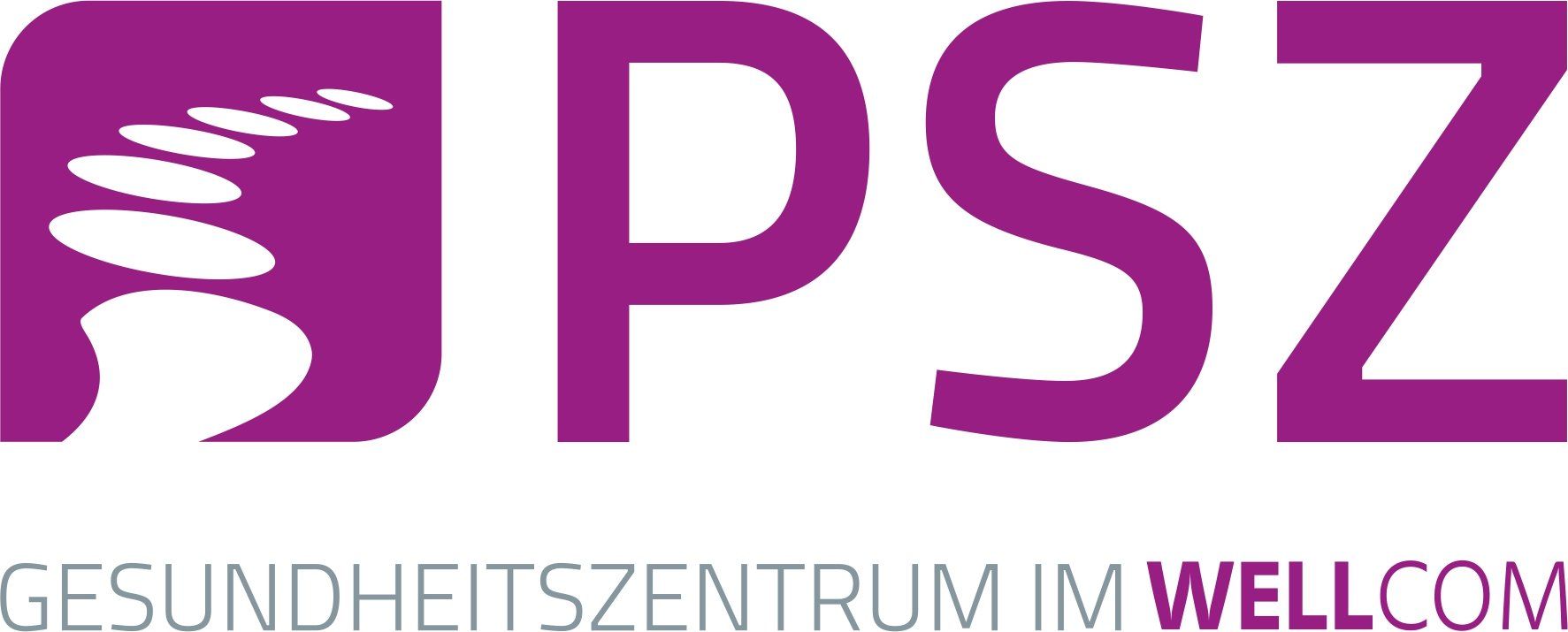Craniomandibular dysfunction
temporomandibular joint treatment
CMD – jaw joint treatment for complaints in the head, neck and face area
CMD stands for Craniomandibular dysfunction – a functional disorder in the interaction between the skull (cranium) and the lower jaw (mandible). The junction of the two structures is the temporomandibular joint, which is not only active when chewing or speaking, but is closely connected to many other areas of the body.
Typical signs of CMD are:
- Jaw cracking or rubbing
- Pain when chewing or opening the mouth
- limited jaw mobility
- Tension headaches
- Discomfort in the neck, face or shoulder area
- Clenching/grinding (bruxism)
- stress-related jaw tension
- Complaints after dental treatment / splint therapy
- unclear facial pain or tinnitus complaints with jaw involvement
In our TMD therapy, we conduct a targeted assessment to determine which structures are involved: teeth, masticatory muscles, joint capsule, ligaments, or even the small temporomandibular joint disc. Based on this, we develop an individualized treatment plan that often integrates elements from manual therapy, fascia therapy, and, if necessary, craniosacral techniques.
Important: Not only the jaw joint itself is affected – the upper cervical spine and the craniosacral system are directly functionally connected to it. Therefore, we approach the body holistically to resolve tension, misalignments, and imbalances where they arise.
Typical indications:


